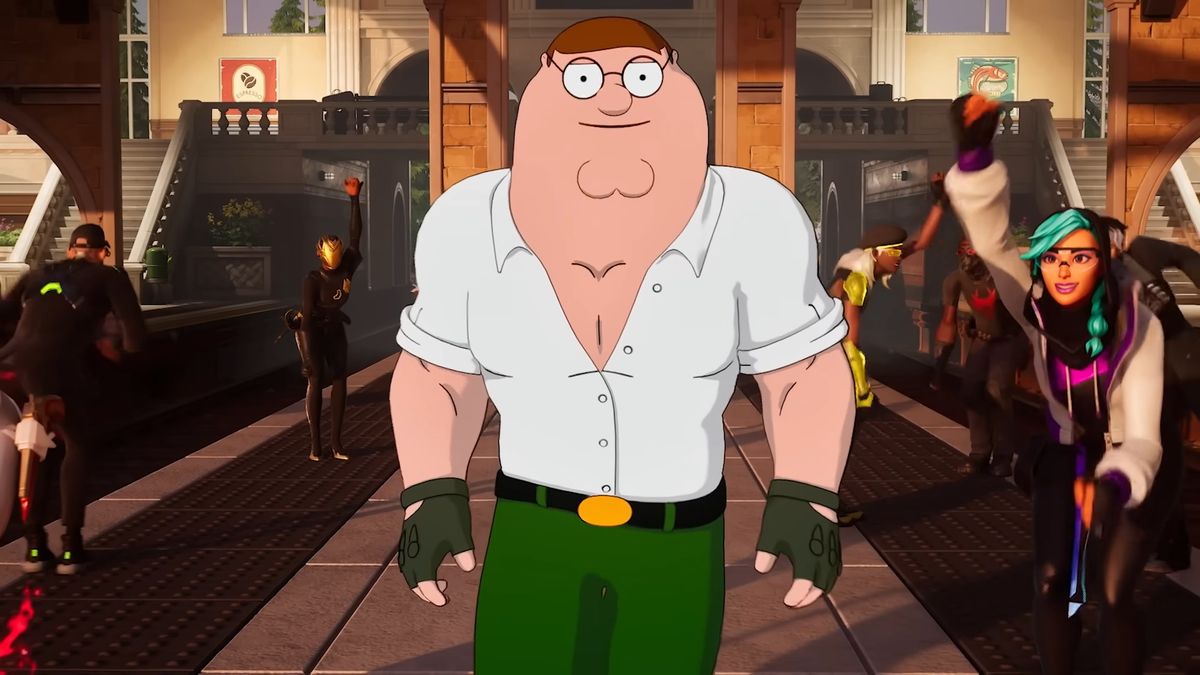Tennis for Two is widely regarded as the first video game, created in 1958.
For over 55 years, the dominant investment model in gaming was straightforward: pay upfront, with minimal emphasis on returns, completion rates, or player engagement. Generations of gamers were raised on this model, and in turn, they created games using the same approach, refining and improving this model for decades.
Then, in 2017, the Live Service era began. For the first time, the majority of investment shifted to Games as a Service (GaaS) models—free-to-play games where player engagement is of paramount importance. In a remarkably short time, this new model, which had previously seen little industry backing, supplanted a 55-year-old traditional model.
The first generation of Live Service games effectively outpaced 40 generations of traditional model games.
Think about that.
This realization opens up compelling questions about the future. What will 2nd, 3rd, and 4th generation Live Service games achieve in terms of market share dominance? It’s like an early, rudimentary pistol outperforming a master blacksmith’s finest sword, with the latter knowing his days are numbered. The pace of innovation in GaaS and Live Service games over the next decade is likely to be extraordinary.
Why isn’t anyone talking about this?
For over 55 years, the dominant investment model in gaming was straightforward: pay upfront, with minimal emphasis on returns, completion rates, or player engagement. Generations of gamers were raised on this model, and in turn, they created games using the same approach, refining and improving this model for decades.
Then, in 2017, the Live Service era began. For the first time, the majority of investment shifted to Games as a Service (GaaS) models—free-to-play games where player engagement is of paramount importance. In a remarkably short time, this new model, which had previously seen little industry backing, supplanted a 55-year-old traditional model.
The first generation of Live Service games effectively outpaced 40 generations of traditional model games.
Think about that.
This realization opens up compelling questions about the future. What will 2nd, 3rd, and 4th generation Live Service games achieve in terms of market share dominance? It’s like an early, rudimentary pistol outperforming a master blacksmith’s finest sword, with the latter knowing his days are numbered. The pace of innovation in GaaS and Live Service games over the next decade is likely to be extraordinary.
Why isn’t anyone talking about this?
Last edited:







